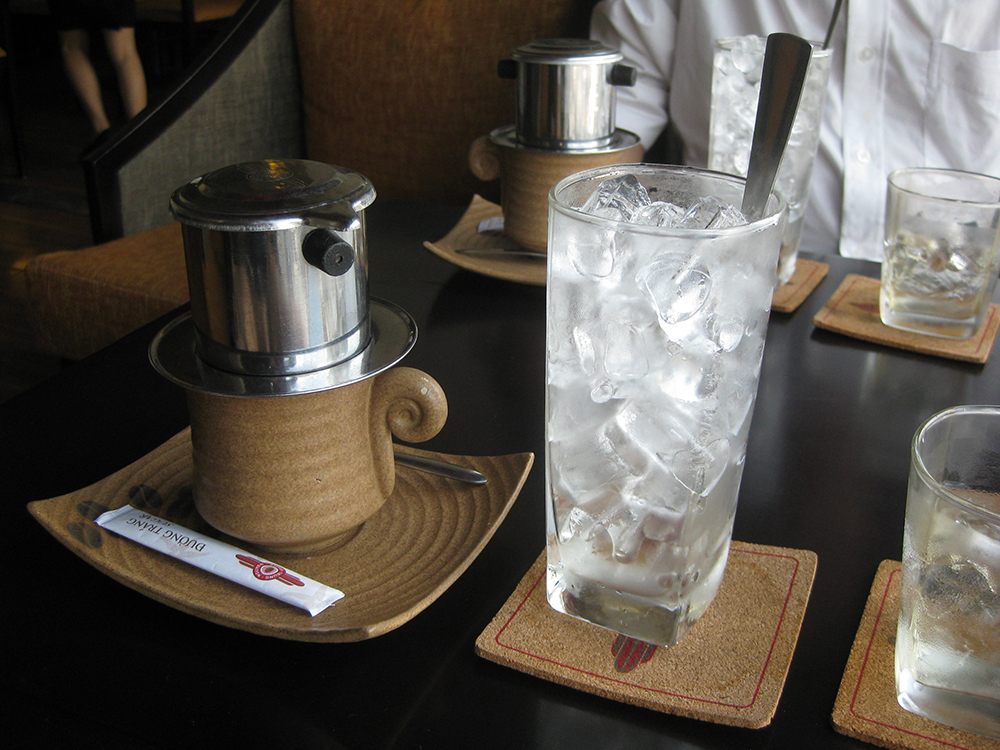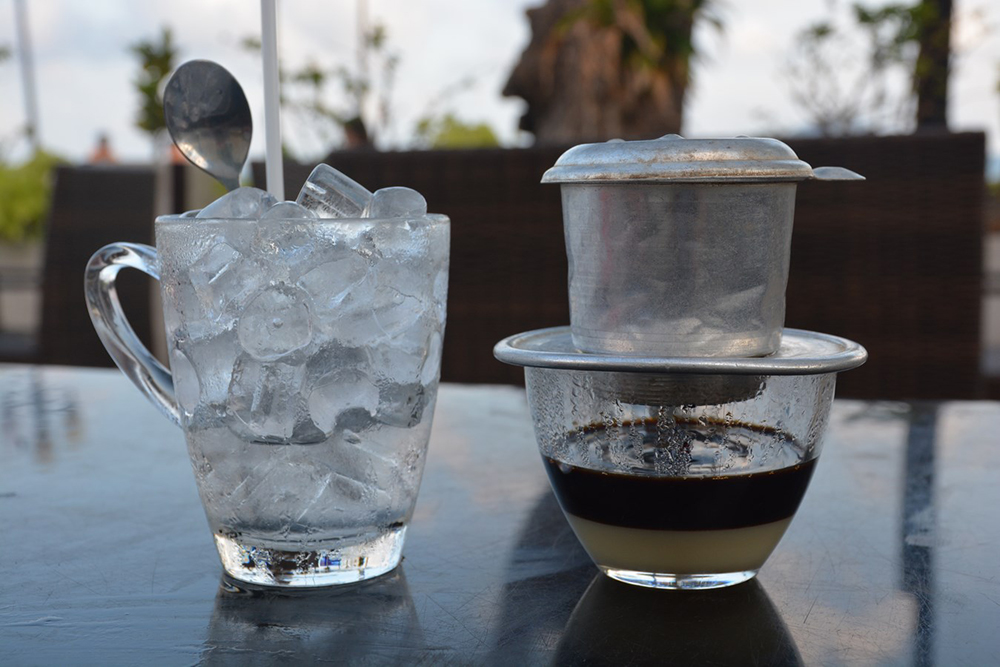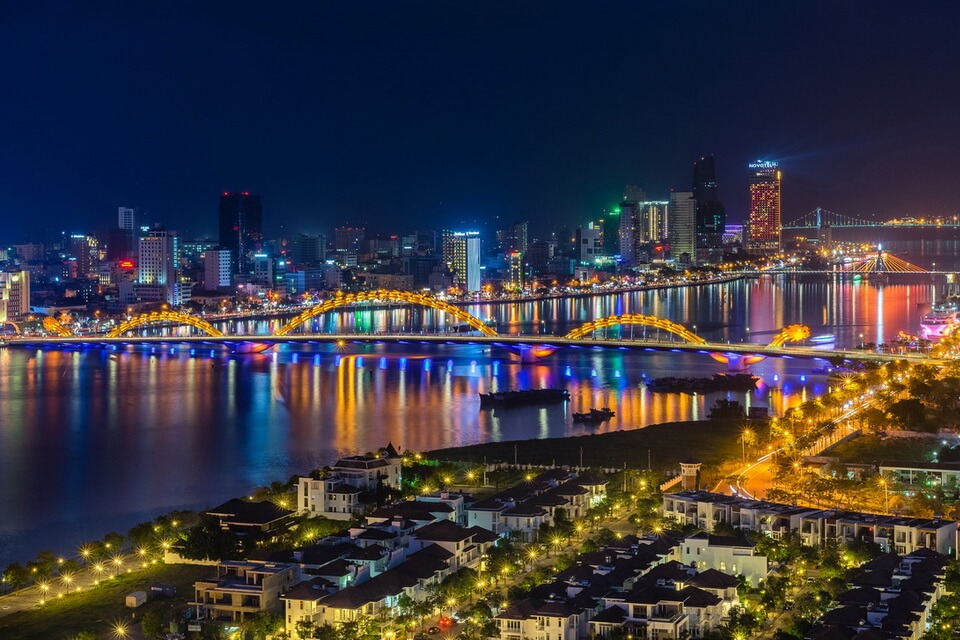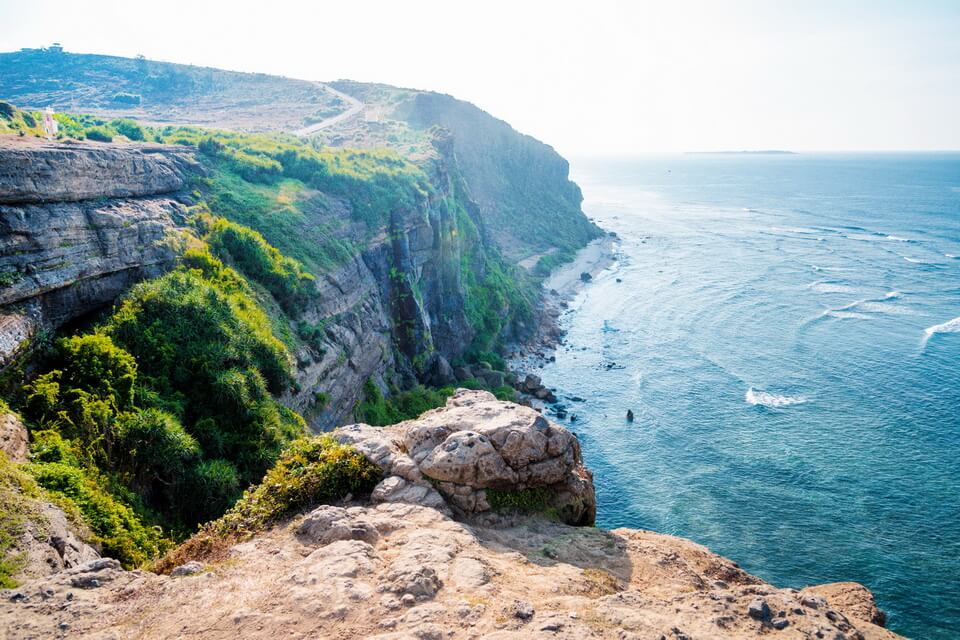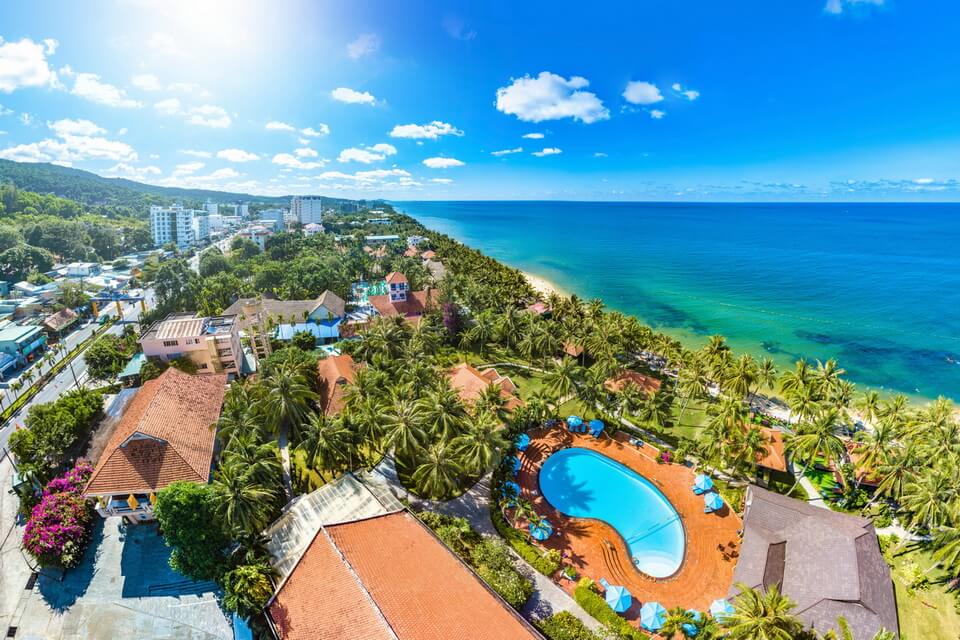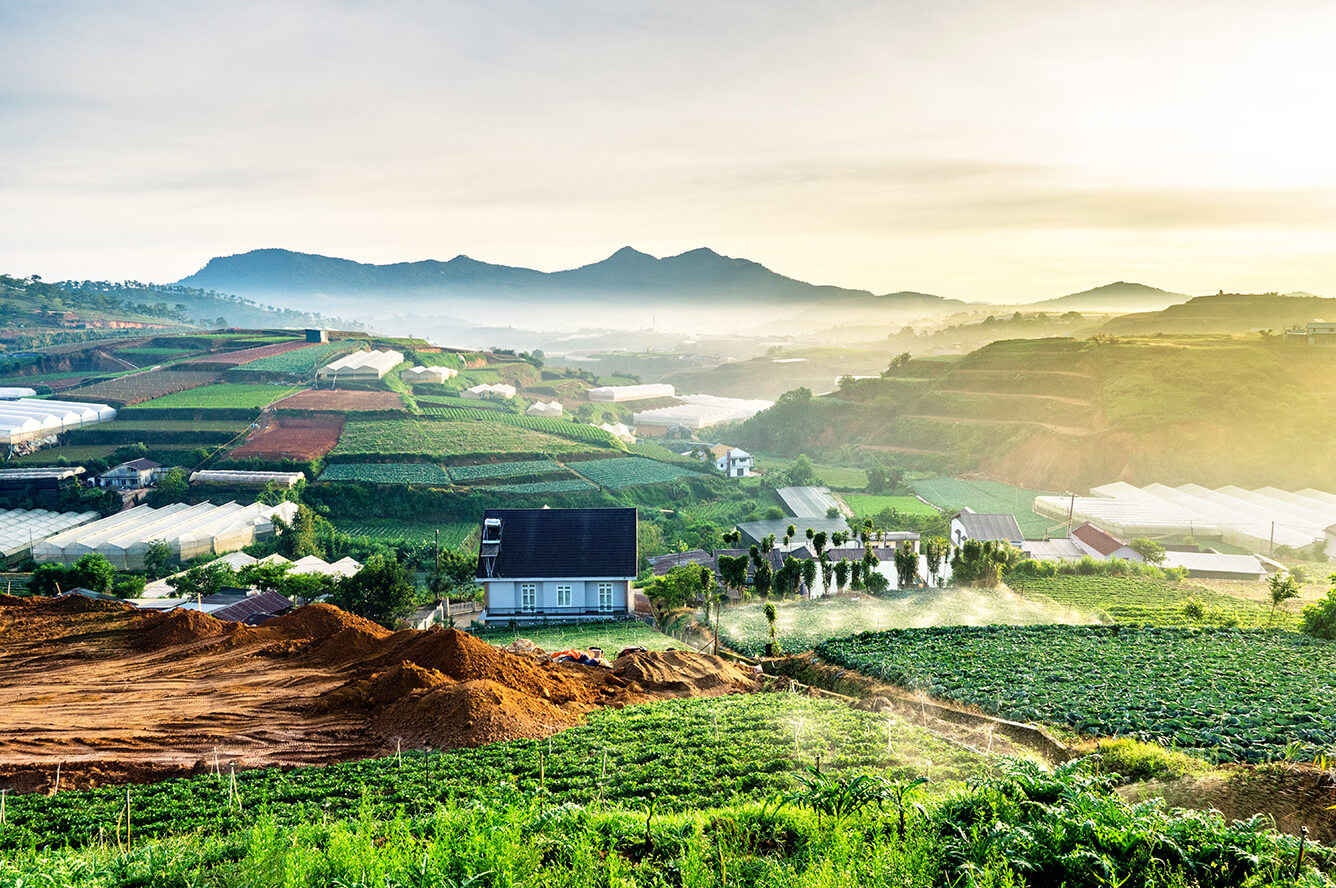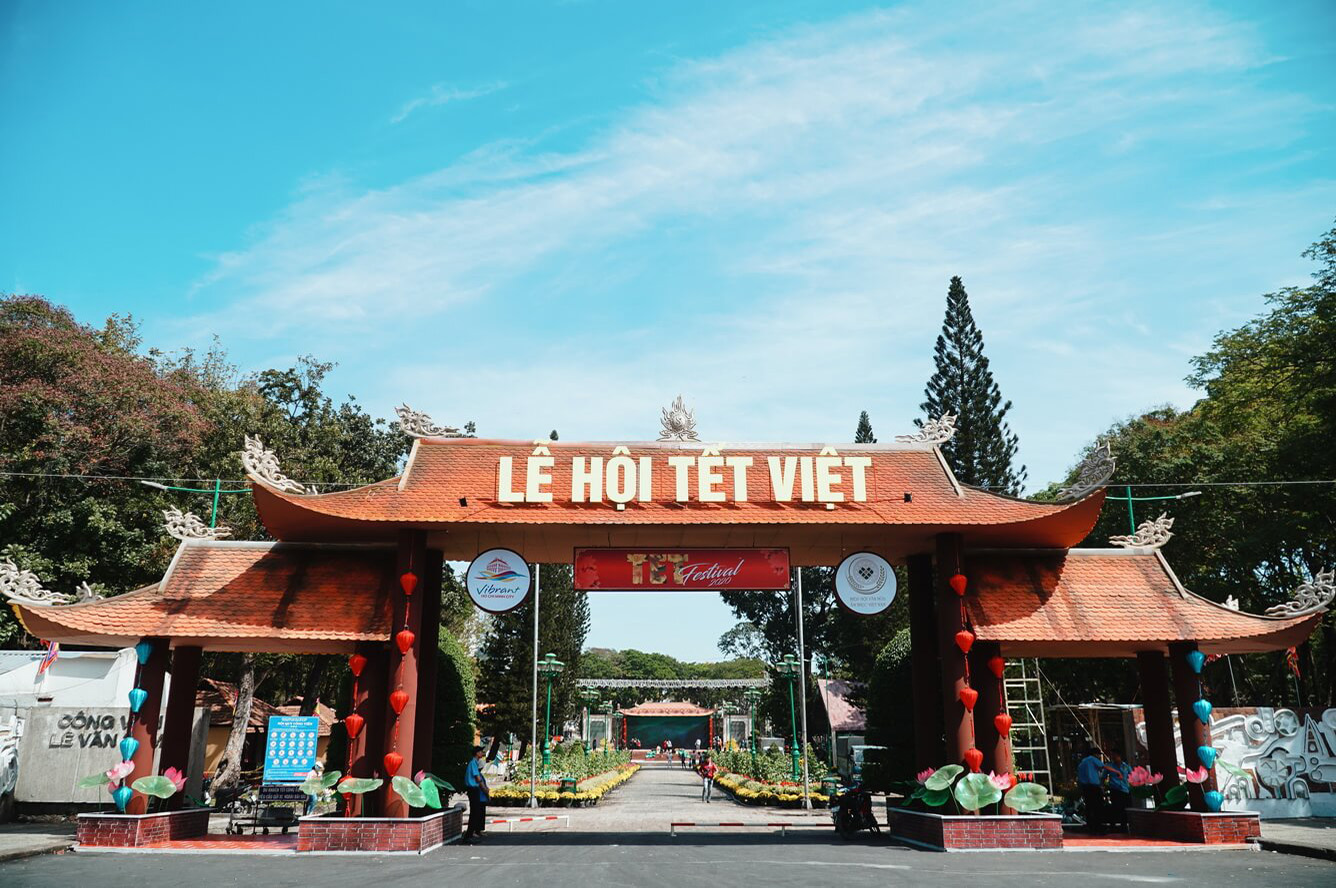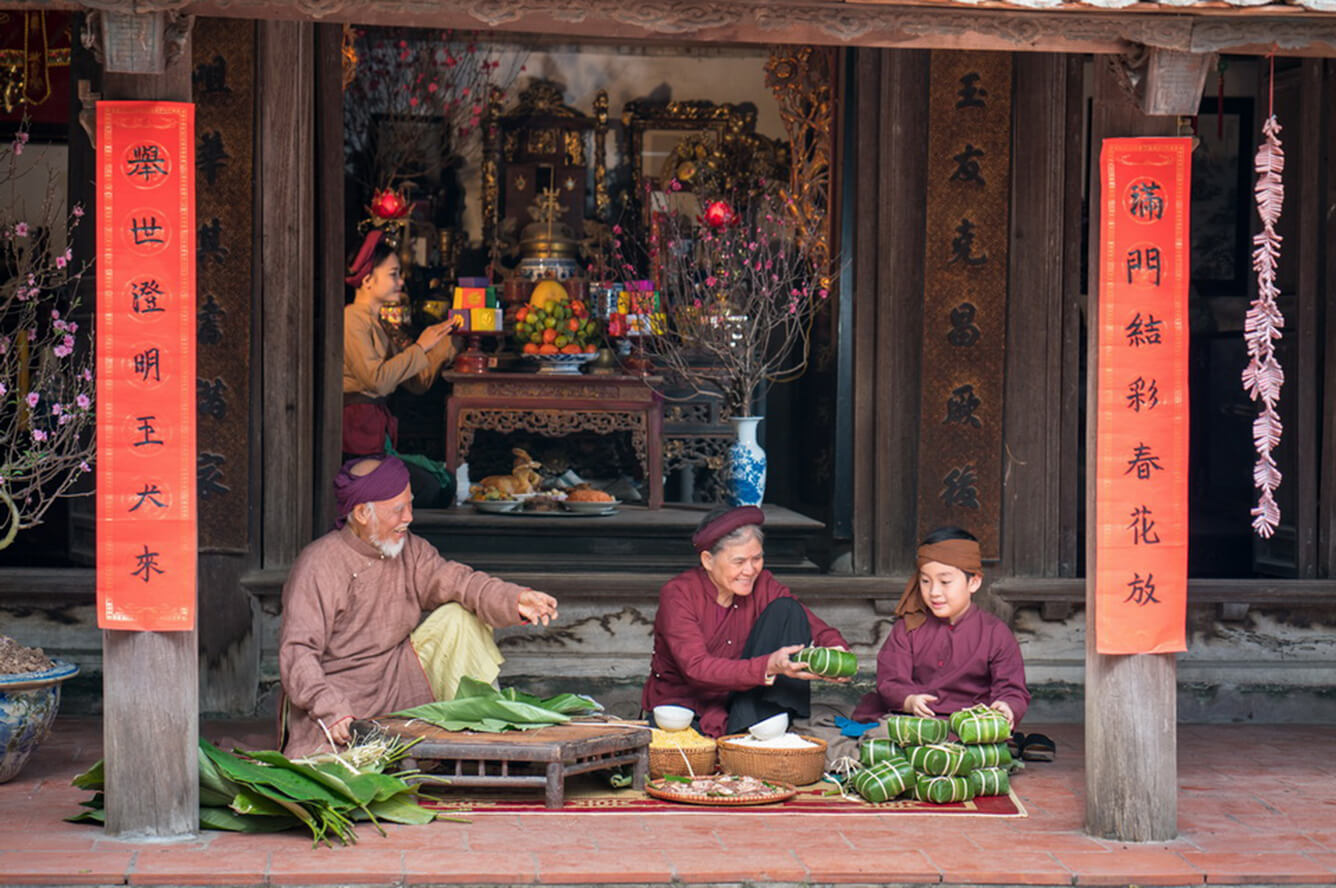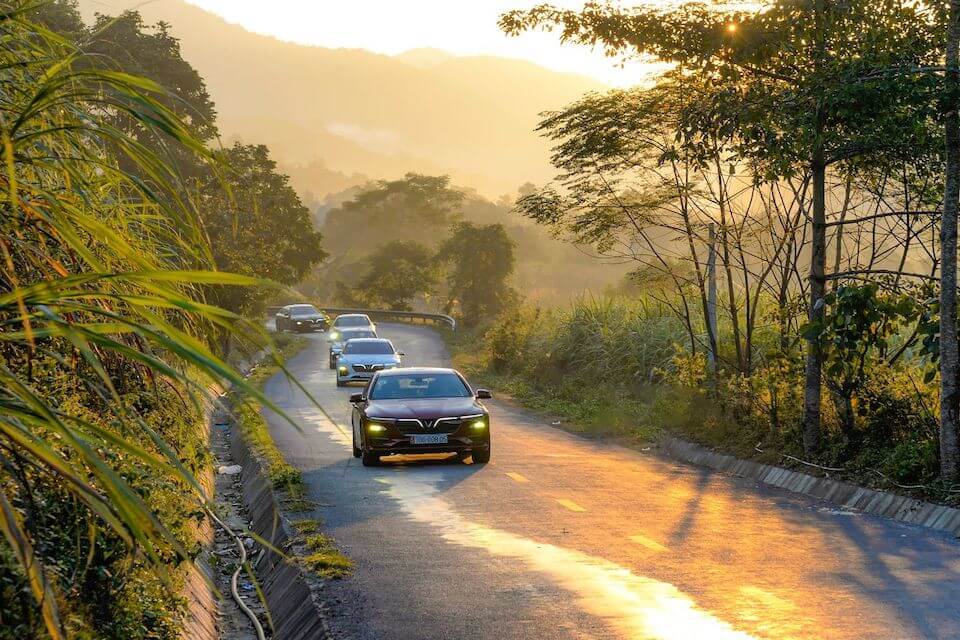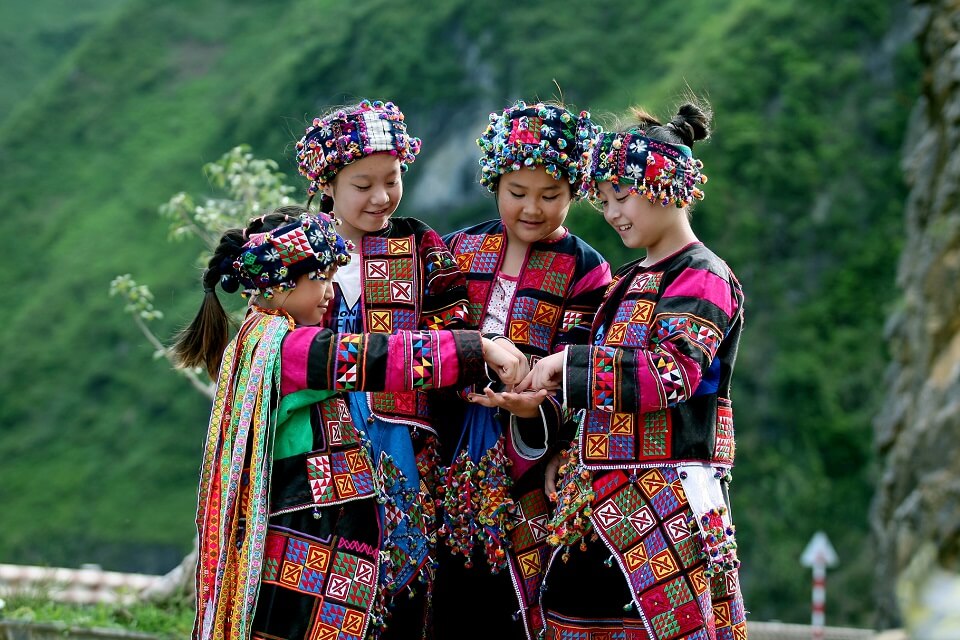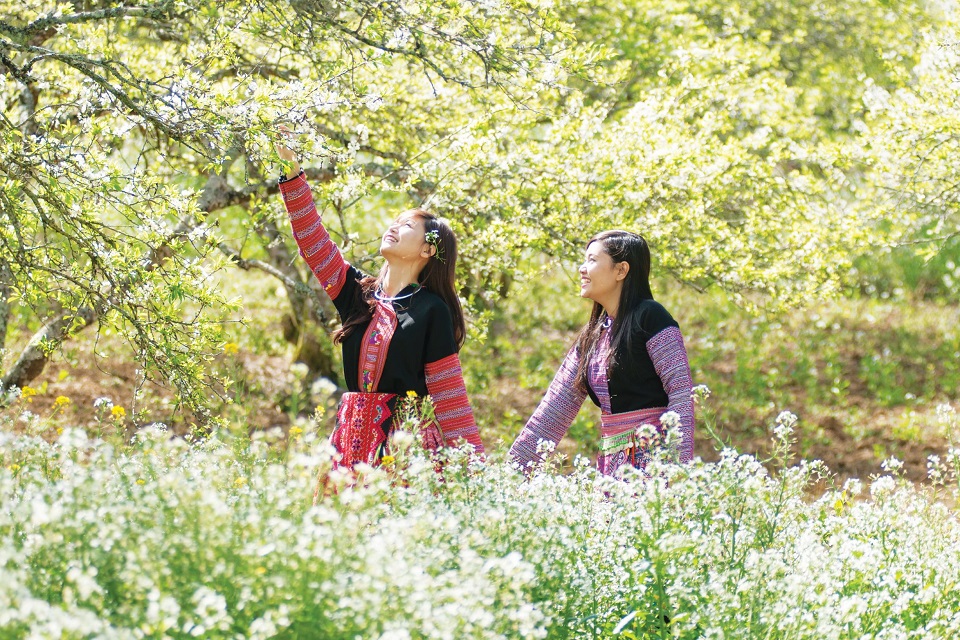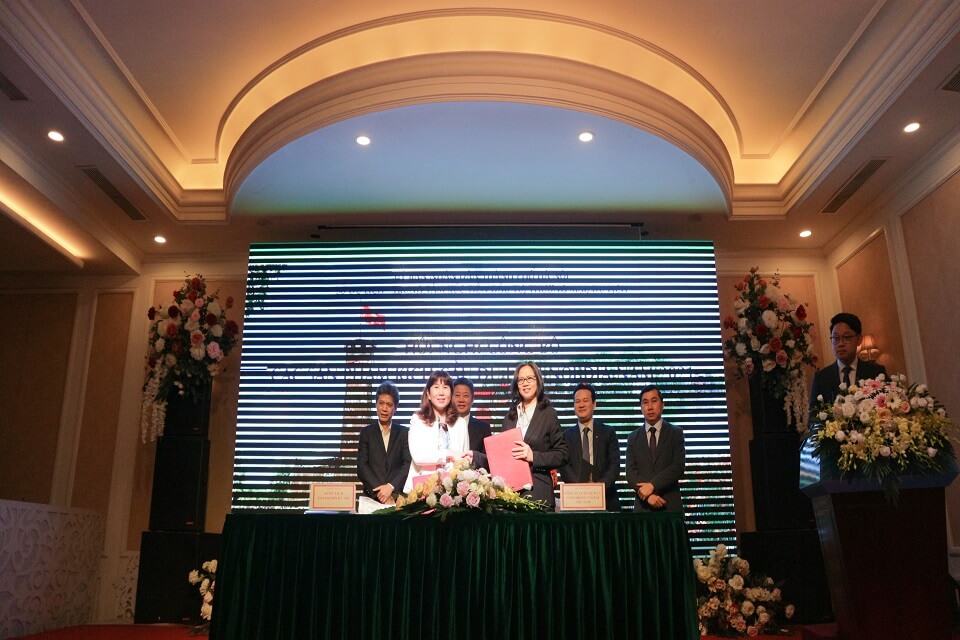A Lifelong Love Affair with Vietnamese Coffee, from San Jose to Hanoi
Coffee isn't a traditionally Vietnamese drink, but its unique preparation there can form a lasting sensory impression.
We were at a Trung Nguyen café, which I have since learned are like the Starbucks of Vietnam. They’re everywhere. We chose this particular place because we’d been buying Trung Nguyen coffee from a nearby Vietnamese supermarket for awhile, so we recognized the name from the street. It was mostly an economic choice — Trung Nguyen coffee was about half the price of anything at our local supermarket, but also, we liked the rich flavour. “High caffeine, low acid, totally mass produced,” said a coffee-snob friend, but we didn’t care; it suited our taste.
Coffee isn’t a traditionally Vietnamese drink. You can blame the French for its presence in the country: they introduced coffee trees in the mid-1800s, but the Vietnamese transformed it from a colonial habit to a booming export crop. The canned milk at the bottom of the glass is a colonial hangover, too; dairy doesn’t play much of a part in the Southeast Asian diet, and refrigeration was a luxury. But fast forward more than 100 years, and Vietnamese coffee is — well, it’s a thing now. Mash-up café culture means you can get a delicious French roast over ice and an elegant side of sponge cake soaked in some kind of tropical fruit syrup — let’s say passion fruit — from the pastry case. I haven’t tried the other coffee concoctions — Vietnamese coffee can be made with egg or yogurt, or whipped up smoothie-style with avocado or banana — not because they don’t sound good, but because I am so in love with ca phe sua da. So why would I?
At every stop, we found a café — sometimes with a swanky backlit sign, sometimes with a shopfront open to the street and a ceiling fan barely moving the air around overhead. There was always a glass of coffee, the little metal filter balanced on top, a saucer with a long spoon. A jolt of sweet and bitter.
Back in Seattle, I read up on my favourite brand of Vietnamese coffee. My coffee-snob friend was right: it’s a mass-produced product. I still like the flavour. That said, I’ve gone back to a shade-grown, too-expensive organic bean, and made a valiant effort to give up sugar.
But I still order a glass of ca phe sua da from time to time, usually at my favourite Vietnamese restaurant after I’ve slurped down a bowl of pho. The taste holds all this memory: a kid studying IT, a canal side café, the noise and the brightness and the messy complexity of Vietnam.
Source Gadventures

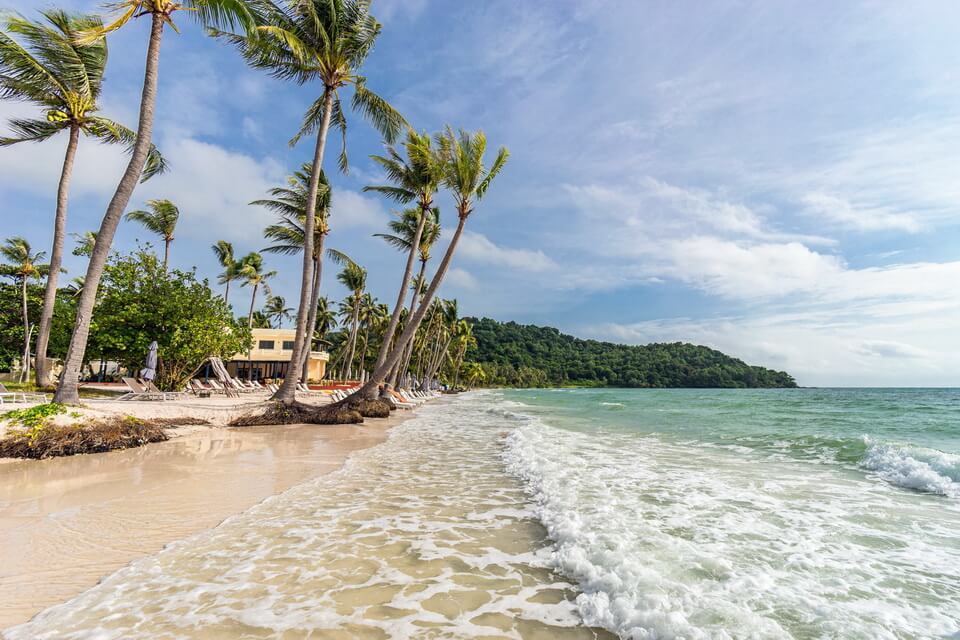
6 most beautiful beaches in Phu Quoc
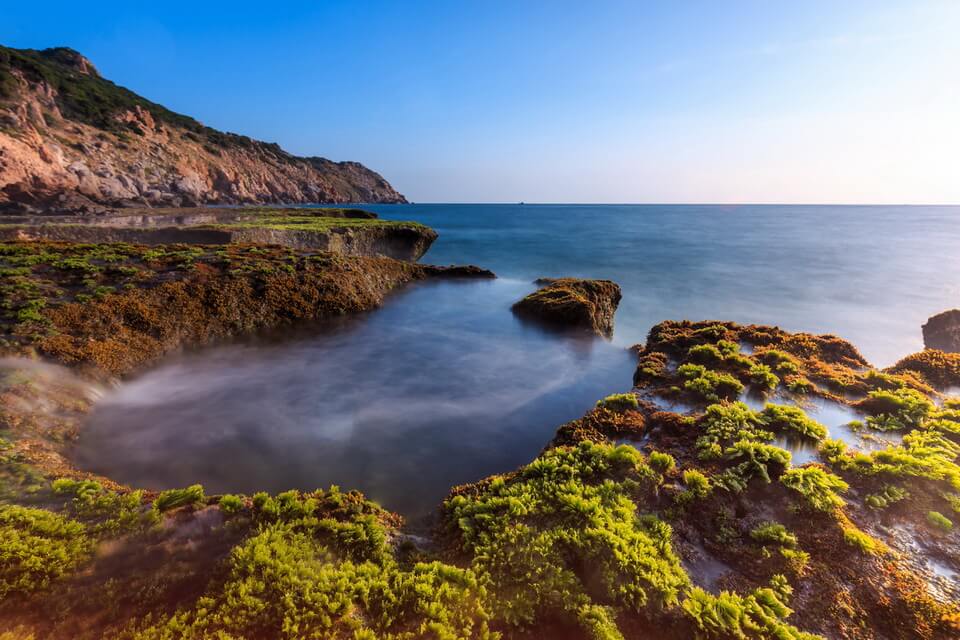
Chilling out at 5 sea paradises of the South Central Coast
Having your heart stolen in Quy Nhon
If you have never been to Quy Nhon, gone around or discovered emerald Ky Co, cool Eo Gio in the late ...
6 gorgeous sea paradises for summer travel
In the hot weather, you may just want to get away to the blue sea, immerse yourself in the refreshin ...
Luxuriously checking in at famous resorts in Phu Quoc
What motivates you every time you think of travel? To get some new experiences, to relieve stress, t ...
Enjoy 24 hours in Da Lat, Vietnam
Today, both foreigners and Vietnamese tourists love to visit Da Lat any day in the year for some coo ...
Tet and others spectacular festivals around the world in January 2020
In January 2020, Tet festival in Vietnam and others spectacular festivals around the world are color ...
Tet Nguyen Dan in Vietnam and best places to visit
Tet Nguyen Dan or Tet is the most important festival in Vietnam. It is the Vietnamese New Year marki ...







